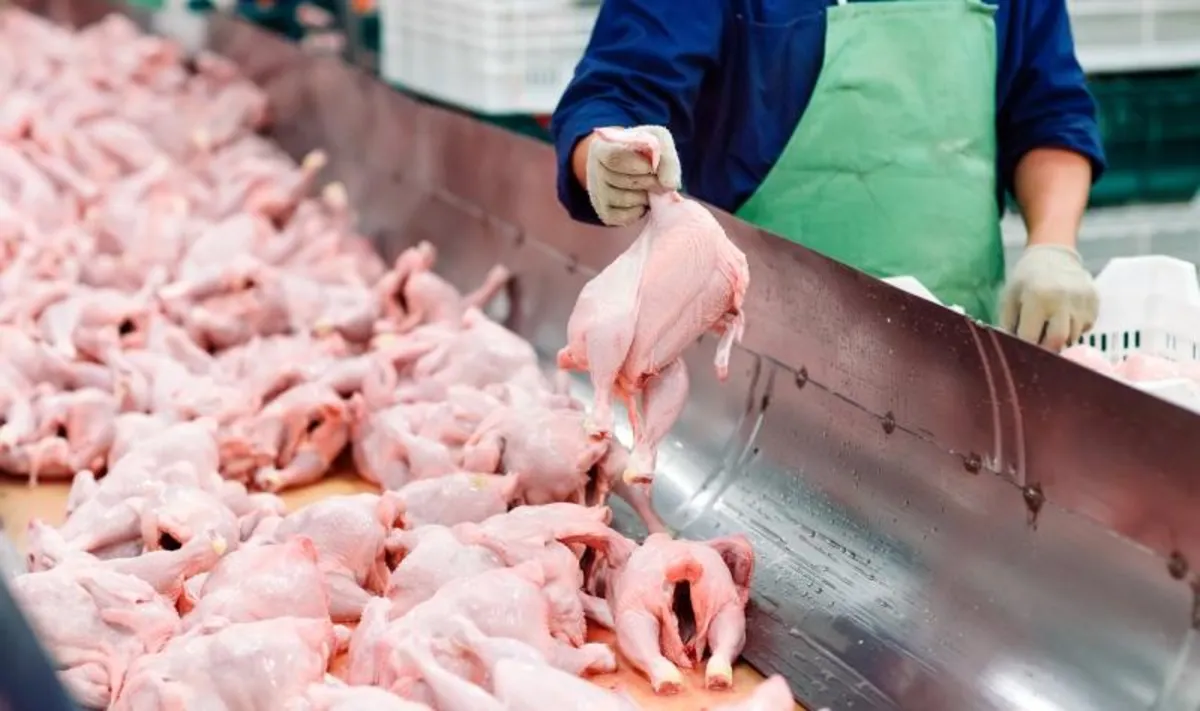
In a critical briefing today, the head of the United Nations Food and Agriculture Organization (FAO) urged member states to enhance their efforts in combating the ongoing avian flu crisis. This comes amid alarming reports of a surge in poultry losses and an increase in spillovers to mammals, which pose significant risks to the global food supply and market prices. The FAO's emphasis on immediate action highlights the urgent need for countries to implement robust measures against the effects of this viral outbreak.
According to FAO Deputy Director-General Godfrey Magwenzi, the recent spread of the H5N1 virus is unprecedented. The implications for food security are severe, resulting in the loss of valuable nutrition and rural jobs, and delivering shocks to local economies. Over the past four years, the FAO has observed a dramatic shift in the global spread of H5N1, affecting not only poultry but also threatening biodiversity with at least 300 new species impacted since 2021. FAO scientists have acknowledged the complex challenges that animal health workers and farmers face in safeguarding poultry production while also protecting essential livelihoods.
The FAO has called for several key actions, including heightened surveillance, enhanced laboratory capacity, improved biosecurity practices, and a strengthened response to outbreaks. There is also a consideration of the potential role of vaccination in combating the spread of this virus.
In a related development, the New York City Health Department has provided further insights into their investigation concerning severe illnesses in cats attributed to the H5N1 avian flu. Officials revealed that these illnesses may be connected to a specific brand of raw cat food, raising concerns about potential contamination and the possibility of cat-to-cat transmission of the virus. A total of two confirmed H5N1 infections in cats from separate households have been reported, with a third case suspected.
NYC Health has recommended that pet owners avoid feeding their cats products from Savage Cat Food, the company linked to the contaminated food. Initial test results on the raw chicken food packets are pending, while test results from a second cat that died matched the virus found in the food lot associated with the first cat. This second cat, however, did not consume the food but had been exposed to another sick cat that did. The company, located in El Cajon, California, has voluntarily recalled a batch of its raw chicken food for cats due to potential H5N1 contamination, with distribution across several states including California, Colorado, New York, Pennsylvania, and Washington.
The U.S. Department of Agriculture (USDA) Animal and Plant Health Inspection Service (APHIS) has confirmed new detections of H5N1 in poultry across four states. This includes an outbreak at a commercial turkey farm in Lawrence County, Illinois, where 14,500 birds are affected. The virus has also been detected at three live-bird markets and a backyard farm in New Jersey, as well as a backyard flock in Maryland and another live-bird market in Pennsylvania. Furthermore, APHIS reported another detection of H5N1 in dairy cattle, increasing the national total to 986 cases across 17 states, with California accounting for 755 of these detections.
Recent research from a team at the University of Texas Medical Branch in Galveston has shed light on the pathogenicity of the bovine H5N1 strain. The study, published in Scientific Reports, compared the virus characteristics of the bovine H5N1 strain with an older strain collected from a wild bird in Mongolia in 2005. Findings suggest that the bovine strain exhibits superior growth and faster replication in human lung cells, indicating increased pathogenicity. The research highlights a potential innate immune escape mechanism of the H5N1 virus isolated from a Texas dairy cow.
Additionally, a second study from St. Jude Children's Hospital explored the efficacy of FDA-approved antiviral drugs using a mouse model. Results published today in Nature Microbiology indicated that the antiviral drug baloxavir may provide better outcomes than oseltamivir, showing improvements in survival rates and reduced virus dissemination. These findings support the consideration of baloxavir as a viable treatment option for severe infections and for pandemic preparedness stockpiling.